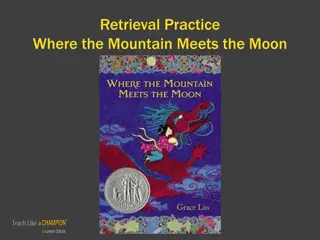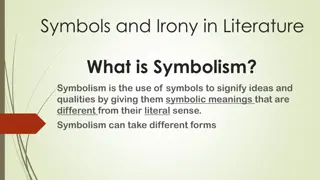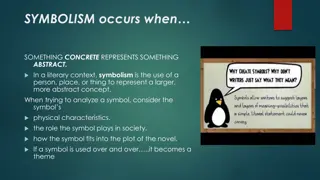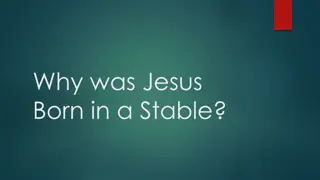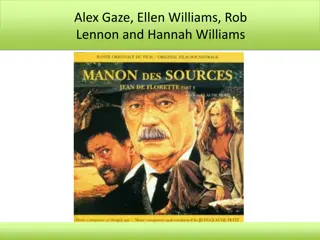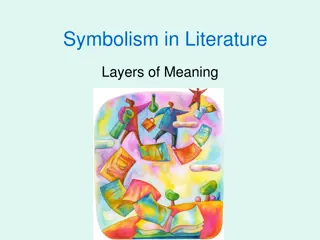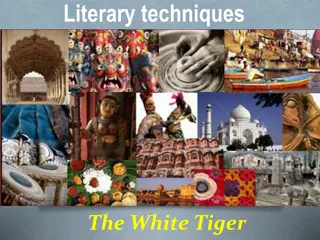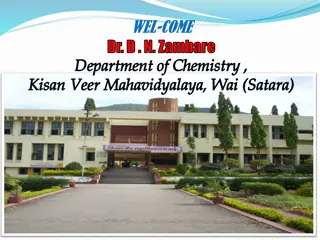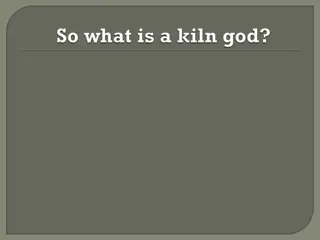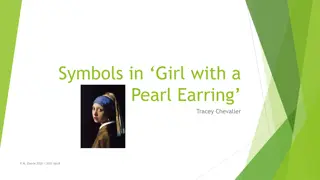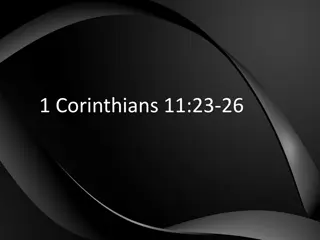
Symbolism Analysis in Marcel Schwob's Le Livre de Monelle
Explore the intricate use of symbolism in Marcel Schwob's novel Le Livre de Monelle, delving into the deeper meanings behind symbols and their cultural significance. Unravel the complexities of literary symbols and their impact on conveying themes and concepts indirectly.
Download Presentation

Please find below an Image/Link to download the presentation.
The content on the website is provided AS IS for your information and personal use only. It may not be sold, licensed, or shared on other websites without obtaining consent from the author. If you encounter any issues during the download, it is possible that the publisher has removed the file from their server.
You are allowed to download the files provided on this website for personal or commercial use, subject to the condition that they are used lawfully. All files are the property of their respective owners.
The content on the website is provided AS IS for your information and personal use only. It may not be sold, licensed, or shared on other websites without obtaining consent from the author.
E N D
Presentation Transcript
ANALYSIS OF THE ELEMENTS OF SYMBOLISM IN THE NOVEL LE LIVRE DE MONELLE BY MARCEL SCHWOB ANALYSIS OF THE ELEMENTS OF SYMBOLISM IN THE NOVEL LE LIVRE DE MONELLE BY MARCEL SCHWOB ABS-ICOLLITE-23138 Fitriyah Hoerotunnisa, Tri Indri Hardini, Farida Amalia Universitas Pendidikan Indonesia
INTRODUCTION Literary works cannot be separated from the use of symbols, majas, and other figurative forms. However, most of people as readers often find it difficult to capture exactly what the author wants to convey. This can sometimes become a polemic in the community related to language, namely the desire to explore every meaning contained in it. One example of polemics that exist in this society is the use of symbols in literary works that can lead to various interpretations for readers to understand the author s intention in depth in his work. However, a text in a literary work may or may not be seen as a symbol it depends on the reader s interpretation. This is what triggers the aforementioned polemic, symbols cannot be understood directly, it requires a complex thought process.
LITERATURE REVIEW Symbolism in literature refers to the use of symbols or symbols that have a deeper or figurative meaning beyond their literal meaning. Symbolism can be used to convey more complex ideas, themes, or concepts indirectly. A symbol according to Landy (1972: 271) is something that contains more meaning than it actually does. In a literary work, symbols can be words, phrases, scenes or episodes and also actions that lead to something that can be seen directly but also lead to something else. Symbolism in literature can also take the form of concrete objects, such as flowers, birds or houses that represent something more abstract or complex such as love, life or freedom. In addition, symbolism can also be represented by colors, music, sounds, or even certain situations or scenes in the story. The symbols in a literary work are motivated by the complex reality of life and the surrounding cultural background of the author himself because literary works are the result of the author's creation as a member of society who was not born in a socio-cultural vacuum (Pradopo, 1995).
METHOD The method used in this research is descriptive qualitative analysis method and the approach used is descriptive qualitative analysis which is directed or focused on symbolism. The research design that will be carried out in this research is phenomenological qualitative research design and historical research design. Phenomenological qualitative research design is one of the research designs to reveal the similarity of meaning that is the essence of a concept. Meanwhile, this historical research design is used to reconstruct the past systematically and objectively by collecting, evaluating, verifying existing evidence. To obtain adequate data, in the data collection section, this research uses documentation techniques, namely researchers investigate written objects such as books, documents, and so on
FINDING AND DISCUSSION The symbols found in the novel Le Livre de Monelle by Marcel Schwob consist of meadows as a symbol of freedom and inner peace, embers as a symbol of destruction, snakeskin as a symbol of embodiment, baby shells and coffins as symbols of life and death, white and black as symbols of good and bad, roses as a symbol of beauty and courage, fenix birds as a symbol of immortality, nakedness as a symbol of honesty, the actions of the egoist as a symbol of greed, the brown back as a symbol of hard work, the sun as a symbol of glory and hope, the figure of the cross as a symbol of divinity, the mirror as a symbol of loneliness, the embers as a symbol of passion, the black dress as a symbol of sorrow, the ashes as a symbol of sadness, the actions of Morgane as a symbol of emptiness, the end of green as a symbol of sacrifice, the lamp as a symbol of hope, and the cocoon as a symbol of transformation.
CONCLUSION After conducting research, the researcher can conclude that symbolism can create diversity, uniqueness, and distinctiveness in literary works. The symbols in this literary work can be a means of parable to describe a beauty that contains difficulties. In this novel, there are twenty symbols described by Marcel Schwob through his writings in Le Livre de Monelle. The symbols are analyzed using literature study techniques and content analysis, where the researcher has first read the entire contents of the novel Le Livre de Monelle so that the signifier and signified can be found until finally finding the meaning using Saussure's theory.
REFERENCES Landy, J.V. 1972. Insight: A Study Of The Short Story. Jesuit Educational Association. Manila. Phillipinies. Luxemburg, J.V., Bal, M., & Weststeijn, W.G. (1992). Pengantar Ilmu Sastra. Jakarta: Gramedia. Pradopo, Djoko Rachmat. (1995). Beberapa Teori Sastra, Metode Kritik, dan Penerapannya. Yogyakarta: Pustaka Pelajar. Setiawan, K.E.P. (2018). Kajian semiotik puisi Jaran Debok karya F. Aziz Manna. Jurnal Media Prestasi, 18(1). Schwob, Marcel. 1894. Le Livre de Monelle. Paris: L on Chailley. Stanton, Robert. 2012. Teori Fiksi Robert Stanton. Yogyakarta: Pustaka Pelajar. Sugiyono. 2012. Metode Peneltian Pendidikan Pendekatan Kuantitatif, Kualitatif, R & D. Bandung: Alfabeta.




